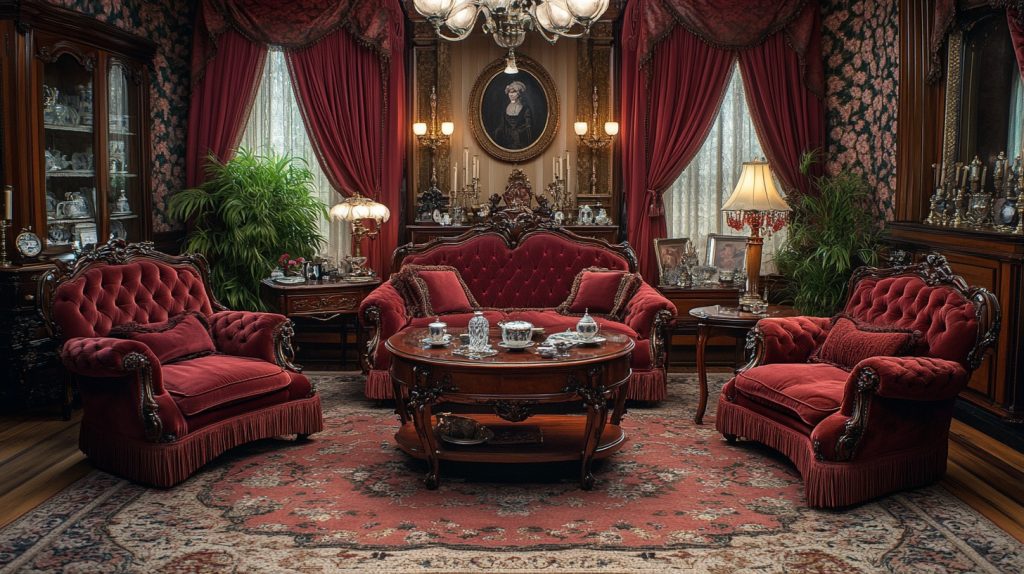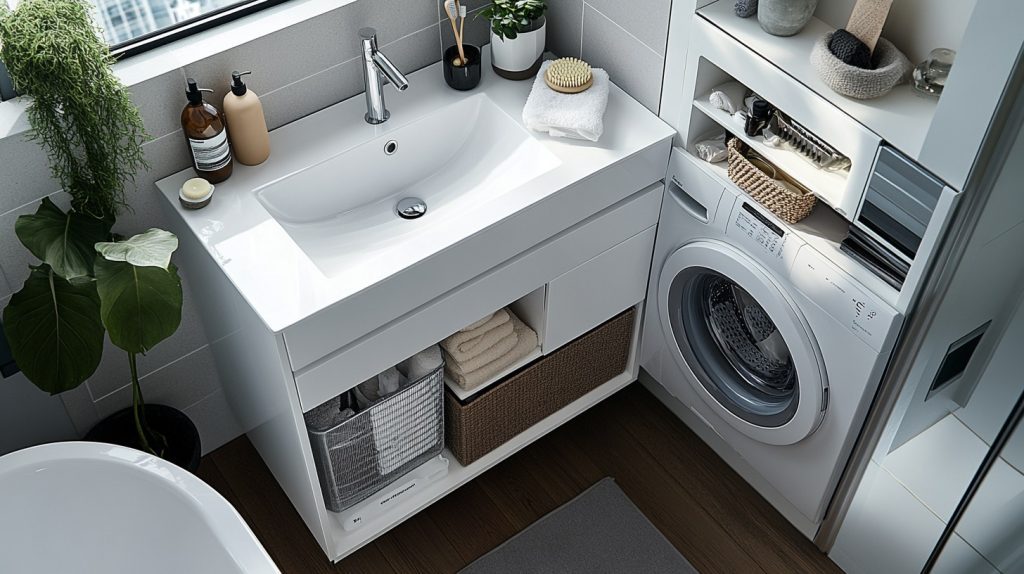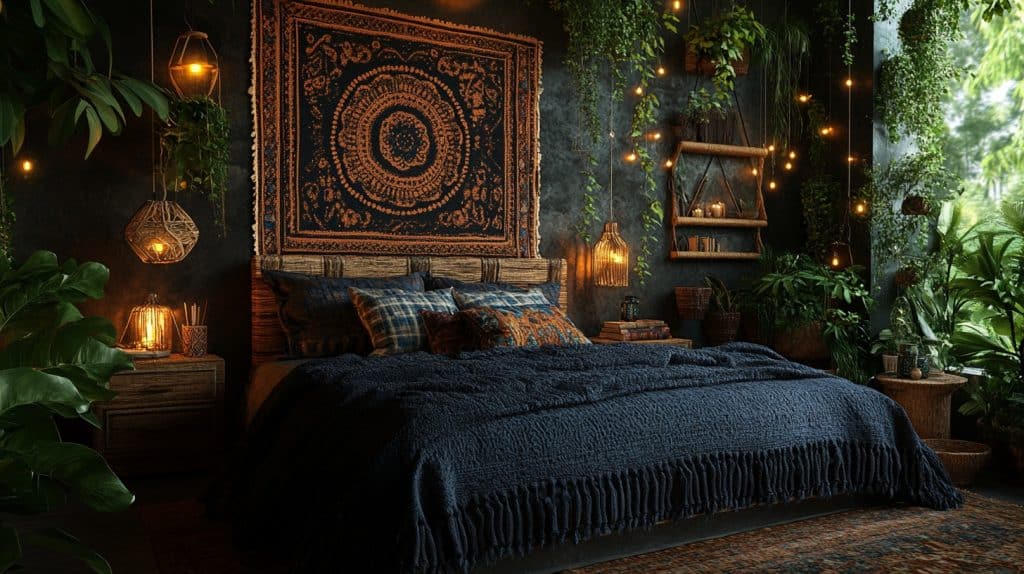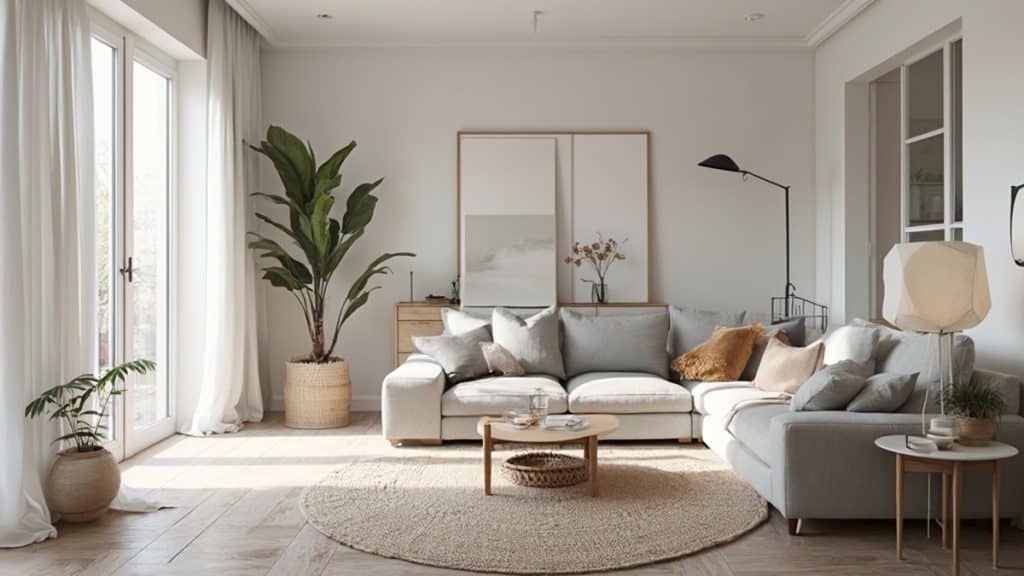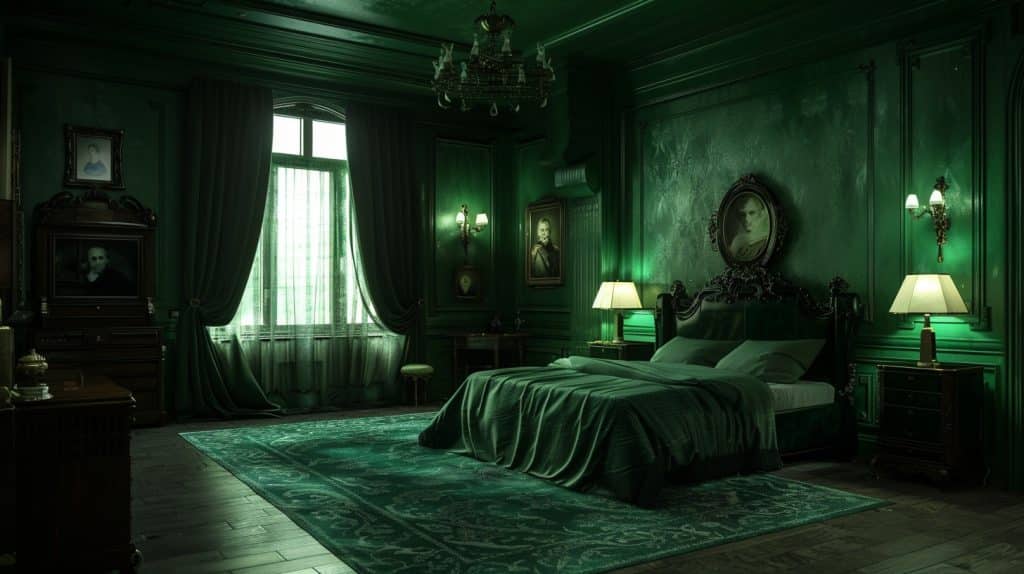Wabi-Sabi Architecture: Embracing the Beauty of Imperfection
Life isn’t perfect. And neither should our living spaces be.
Imagine walking into a room that tells a story. Not a polished, Instagram-filtered narrative, but a raw, authentic journey of materials, time, and human experience. That’s wabi-sabi architecture – where every crack, every weathered surface, and every asymmetrical line whispers of beauty beyond perfection.
What Exactly is Wabi-Sabi Architecture?
Wabi-sabi isn’t just a design trend. It’s a radical philosophy that flips the script on traditional architectural thinking. Instead of chasing sleek, sterile perfection, it celebrates:
- Imperfection as art
- Natural aging processes
- Authentic material stories
- Simplicity with soul
The Heart of Wabi-Sabi: Principles That Break Design Rules
Natural Materials Rule
Forget marble and chrome. Wabi-sabi loves:
- Untreated wood with visible grain
- Rough stone surfaces
- Handcrafted ceramics
- Bamboo in its most raw form
Minimalism, But Make it Warm
This isn’t your cold, clinical minimalist design. Wabi-sabi minimalism feels like a warm hug – uncluttered but deeply emotional.
Colors Borrowed from Earth
Think:
- Soft mossy greens
- Muted grays
- Warm beiges
- Subtle earth tones that whisper, not scream
Real-World Wabi-Sabi Magic: Iconic Examples
Architectural Masterpieces That Embody the Philosophy
- Ise Grand Shrine, Japan
– Rebuilt every 20 years
– Uses completely untreated wood
– Celebrates impermanence - Honpukuji Water Temple
– Merges concrete with water
– Plays with light and shadow
– Blurs lines between structure and landscape
Practical Ways to Bring Wabi-Sabi into Your Space
Quick Transformation Tips:
- Embrace reclaimed materials
- Allow visible wear and tear
- Choose handcrafted over mass-produced
- Incorporate natural light
- Add plants that change and grow
The Deeper Meaning: More Than Just Design
Wabi-sabi isn’t about making things look old or broken. It’s a profound statement about:
- Accepting life’s imperfections
- Finding beauty in transience
- Connecting with natural rhythms
- Valuing authenticity over appearance
“Perfect is boring. Authentic is everything.” – Wabi-Sabi Philosophy
Common Wabi-Sabi Misconceptions
Myth: It’s just about making things look old and worn.
Reality: It’s a deep philosophical approach to experiencing beauty.
Myth: Only works in traditional Japanese settings.
Reality: Adaptable to modern, global design contexts.
Your Wabi-Sabi Journey Starts Now
Start small. Notice the beautiful chip in your favorite mug. Appreciate the slight unevenness of a handmade ceramic bowl. Let go of the pressure to make everything look “perfect.”
Wabi-sabi isn’t a design choice. It’s a life perspective.
Final Thoughts
Architecture can be more than straight lines and perfect symmetry. It can be a living, breathing testament to life’s beautiful imperfections.
Are you ready to embrace the wabi-sabi way?








